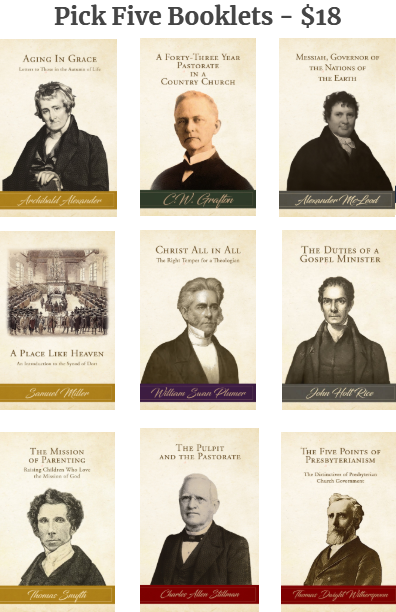Receive our blog posts in your email by filling out the form at the bottom of this page.
Although George Whitefield was an Anglican minister who promoted the revivalism of the Great Awakening and in particular, Calvinistic Methodism, he had close ties to colonial American Presbyterians such as Gilbert and William Tennent, Sr. [Whitefield’s journal entry following his visit to the elder Tennent in 1739 is one of the earliest and most significant descriptions of the original Log College], Ebenezer Pemberton, Jonathan Parsons, Samuel Davies, among others.
Davies may have heard Whitefield preach at Faggs Manor, Pennsylvania in 1739-1740. Davies certainly heard him preach in England in late 1753 and visited him at his house, as noted in his journal. It is noteworthy that the literature acquired by Samuel Morris that helped to inspire the 1740s Great Awakening in Virginia prior to Samuel Davies’ arrival there included the published sermons of George Whitefield, who had preached previously at the Bruton Parish Anglican Church in Williamsburg, Virginia in 1739.
In 1743, following Whitefield’s ministry in Philadelphia, the Second Presbyterian Church in that city was organized, and Gilbert Tennent was called to serve as the pastor.
On another New England preaching tour, in October 1740, at New Haven, Whitefield encountered Jonathan Parsons, who, although he had studied under Jonathan Edwards, was at the time an Arminian-leaning Congregational minister at Lyme, Connecticut. The Great Awakening that Whitefield promoted also deeply affected Parsons, whose ministry changed dramatically after Parsons embraced the experimental piety that Whitefield preached. Following another Whitefield tour of New England in 1746, a congregation began meeting in Newburyport, Massachusetts, and with Whitefield’s guidance, Parsons was called to serve as the pastor. The present building of the First Presbyterian Church of Newburyport (more popularly known as Old South Church - and sometimes, as “Whitefield’s Church”) was constructed in 1756 in three days by over 100 men working together. Later, a church bell cast by Paul Revere was installed in the clock tower.
Old South had a special place in George Whitefield’s heart. He returned on occasion to preach there, and maintained a close friendship with Parsons. It was on a visit there that George Whitefield passed away suddenly on a Lord’s Day morning, September 30, 1770 at Parson’s house. Parsons was called upon to preach his funeral sermon later that day, “To Live is Christ, To Die is Gain” (published in 1771). At Whitefield’s own stated request, he was buried under the pulpit of Old South.
Parsons served as pastor of Old South from 1746 until his death in 1776, a few days after the Declaration of Independence. He, too, was buried in the vault under the Old South pulpit, as was Joseph Prince, the famous blind minister, who died in 1791.
After Parsons, John Murray ministered to the congregation from 1781 to 1793. The third pastor of Old South was Daniel Dana, who served from 1794 to 1820. The long line of faithful ministers in Newburyport includes Jonathan F. Stearns, who delivered A Historical Discourse, Commemorative of the Organization of the First Presbyterian Church, in Newburyport, Delievered at the First Centennial Celebration, Jan. 7, 1846 (1846); and Ashbel G. Vermilye, author of A Discourse Delivered at Newburyport, Mass., November 28, 1856, on Occasion of the One Hundredth Anniversary of the Building of the First Presbyterian Church (1856).
To this day, those who want to see where the earthly remains of the great revival preacher George Whitefield are laid to rest will make the trek to Newburyport, Massachusetts to a Presbyterian church in which his memory is cherished, along with that of Parsons and Prince. This Presbyterian church, and the line of faithful ministers who served it for many years, may rightly be considered fruits of George Whitefield’s remarkable ministry. His labors were legendary, as was his preaching voice; he spent his life for Christ, and preached around 18,000 times to an estimated approximately 10 million listeners. When the Lord took him home it was at the house of a dear old friend, with whom he would be reunited in Christ a few years later.
If one makes the trip to see where Whitefield and Parsons are buried, consider not only the happy fruit of their ministry, but also the very words of the Apostle Paul chosen by Parsons to preach on after Whitefield’s death: “To live is Christ, and to die is gain.” Old South was but a waystation for them, and a very special one at that.







